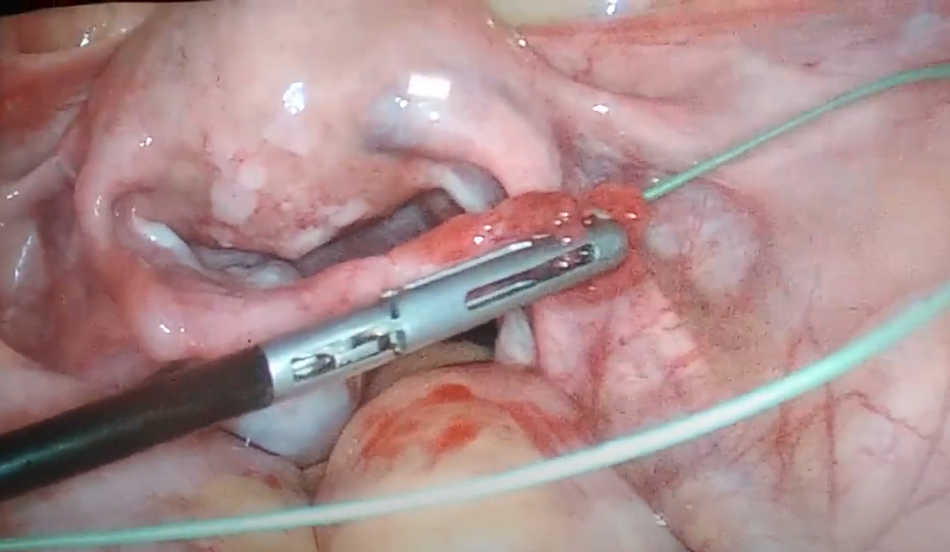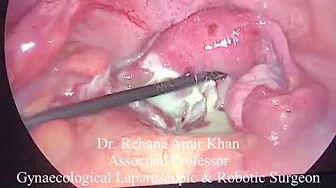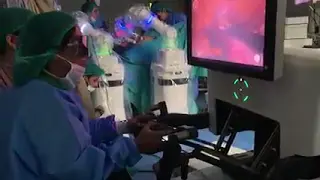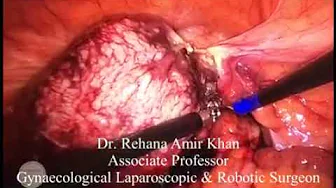Laparoscopic Tubal Cannulization
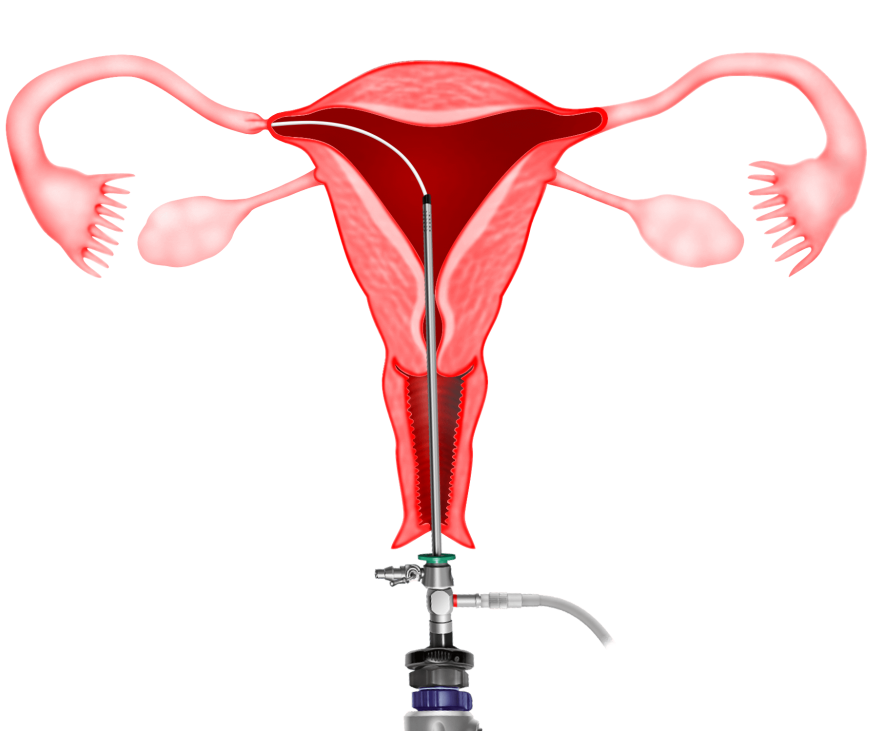
LAPAROSCOPIC TUBAL CANNULIZATION
Consult the Best Gynecological Laparoscopic Surgeon in Lahore.
With years of experience in Gynecology, we are here to help
Our Specialist Gynecological Laparoscopic surgeons are specialized in all kinds of:
Are you having trouble getting pregnant?
Maybe you need a quick check-up by one of the best gynecologists in Lahore.
If you can't get pregnant and your doctor says it's because your fallopian tubes are blocked, a procedure called tubal cannulation may be right for you.
Like open surgery, your doctor doesn't have to make any long cut to your body. Generally, there is no need to stay overnight in the hospital after surgery.
Dr Rehana Aamer Khan Opening Blocked fallopian tube with guided wire
LAPAROSCOPIC TUBAL CANNULIZATION
Brief Overview Of Laparoscopic Tubal Cannulation
Clarification of Female Reproductive System Problems In many cases where couples struggle to conceive, the source of the problem is a "mechanical" blockage of the female reproductive system.
This is the cause of 30% of infertility cases, 20% of which are due to a blocked fallopian tube, which prevents sperm from reaching the fallopian tube and fertilizing the egg, one side and the other. Another is to prevent the fertilized egg from reaching the uterus. In either case, the blockage prevents pregnancy from occurring, so treatment is required.
Blocked fallopian tubes can be found during a hysterosalpingogram (hysterosalpingogram), hysteroscopy or diagnostic laparoscopy a test that allows doctors to evaluate a woman's reproductive system and find possible causes of infertility problems.
If there is a blockage near the fallopian tube, that is, a blockage is formed in the nearest part of the ion uterus, it can be treated by tubal cannulation. This operation can effectively treat the blockage and is considered to be simple and easy and is done with a guide wire under direct vision.
It is known that there are two fallopian tubes in women, which connect the two ovaries to the either side of uterus and guide the fertilized egg to the uterus. However, blocking even one fallopian tube can significantly reduce the chance of pregnancy, so this condition often leads to the decision to have tubal cannulation as well.
General information on Laparoscopic Tubal Cannulation
Tubal cannulation is a relatively simple procedure that require general anesthesia. It is carried out through a woman's vagina under an ultrasound image through a special catheter or guide wire. Since the treatment is performed on the most proximal part of the fallopian tube, the procedure is not very invasive and therefore does not cause pain. However, it is normal for it to cause discomfort.
It should be noted that tubal cannulation is usually performed when the distal end of the fallopian tube is blocked but in this case guide wire is passed from distal end on laparoscopy. Opening of the tubes in proximal end or distal end after cannulation is directly observed and recorded with the help of blue color dye called methylene blue.
LAPAROSCOPIC TUBAL CANNULIZATION
Prepare for Laparoscopic Tubal Cannulation
As mentioned earlier, tubal Cannulation is performed under general anesthesia. Therefore, you do need to have nothing by mouth six hours at least before procedure. However, it is not done until after the menstrual period is over and during first week after menses as lining of the uterus is thinnest during this period and cannulation can be done more feasibly.
What happens during Laparoscopic Tubal Cannulation?
Your doctor inserts a tube through the vagina called a catheter that is guided through a wire. An ultrasound or real-time mobile X-ray of the fallopian tubes can be used to help your doctor find the correct location. They use a balloon or wire on the catheter to open up the blocked area.
Tubal cannulation can be done right after a procedure called a hysterosalpingogram. During this procedure, the doctor injects contrast dye through the catheter to locate blockages in the fallopian tubes.
Is tubal cannulation right for me?
You should only do this if the imaging test clearly shows a blockage in one or both of the fallopian tubes. The procedure is most successful when the blockage is in the part of the tube closest to the uterus. However, you may hear your medic call this "proximal tubal blockage."
If imaging shows a blockage, its better for a woman to consider tubal cannulation before undergoing more expensive fertility procedures, such as in vitro fertilization (IVF) because it will open your natural way of pregnancy forever and at the same time, will avoid cumbersome procedure of IVF that has only 30% success rate. In tubal cannulation success rate is 80-90% when it is done by an expert laparoscopic / hysteroscopic surgeon.
LAPAROSCOPIC TUBAL CANNULIZATION
What happens after tubal cannulation?
For many women, the procedure can lead to pregnancy. Moreover, your possibilities of getting pregnant depend on:
If tubal cannulation isn't right for you because you have severe tubal disease, you may want to consider other infertility treatments, such as in vitro fertilization and embryo transfer.
With years of experience as a Gynecological Laparoscopic surgeon in Lahore; we have successfully treated thousands of patients who are now enjoying their lives with their loved ones.
Most people heal from a hysterectomy in roughly four to six weeks. Your recovery depends on the type of hysterectomy you had and how you had it. Recovery from vaginal and LAPAROSCOPIC TUBAL CANNULIZATION is shorter than recovery from an abdominal hysterectomy.
You should gradually increase your activity and pay attention to how you feel. If something hurts you, stop. Discuss with your healthcare provider specific instructions for recovering at home, including which medications to take.
Complete recovery after LAPAROSCOPIC TUBAL CANNULIZATION takes about two to four weeks when you will get rid of vaginal discharge and spotting and can contact your doctor for resuming sexual activity. Recovery from an abdominal hysterectomy can take up to six weeks. Talk to your healthcare provider before you go home to make sure you know the best way to take care of yourself.
It is normal to experience bloating or gas after a hysterectomy. It may take several weeks for abdominal puffiness and swelling to subside. Talk to your healthcare provider about ways to reduce discomfort. Some exercise, heat packs, or dietary changes may help.
It depends on whether the ovaries have been removed. If your ovaries are still there after a hysterectomy, you won't go into menopause right away. If both ovaries are removed during a hysterectomy, you may go into menopause right away.
Generally, no, especially if you are considered to be at low risk of cervical cancer. If you have had a hysterectomy for cancer, you should continue to have a Pap test.

